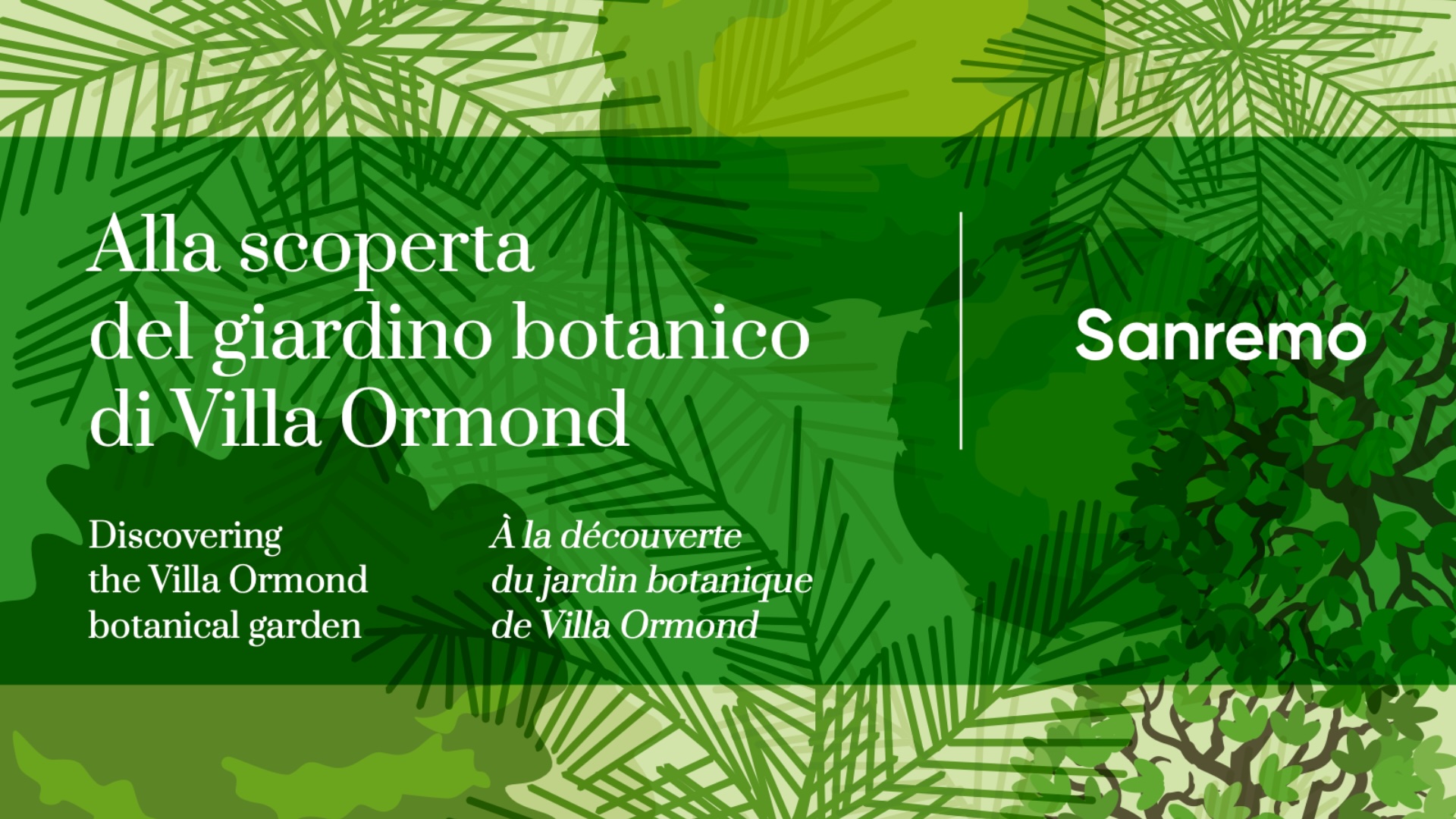The genus name derives from the Greek eryothros = red, referring to the colour of the flowers. The specific epithet alludes to the red, erect banner, like the crest of a rooster.
| Common name | Coral tree |
| Origin | A South American plant, widespread east of the Andes: Brazil, Bolivia, Paraguay, Argentina and Uruguay. |
Description | Small tree, with crusty, yellowish bark, erect, few branches, green, with short, robust thorns. Leaves are alternate, trifoliate, oblong-elliptic, glossy green; petiole thin, and elongated, with a few small thorns. Flowers blood-red, 5m long, clustered in large, pendulous racemes, at the ends of branches; calyx tubular-campanulate; corolla leathery, papilionaceous, with a large, raised, keeled banner. Flowering in summer, large seeds in blackish, elongated, almost woody legumes. A very ornamental tree and prized for the beauty of its flowers. Prefers locations sheltered from the wind, light, well-drained and fertile soils, but does not tolerate frost. Its anti-inflammatory and sedative properties are recognised in traditional medicine. It is the national tree of Argentina and was introduced to Europe in 1772. The first plants arrived on the Riviera in 1870. The tree cultivated at Villa Ormond was planted in the 1950s. |

